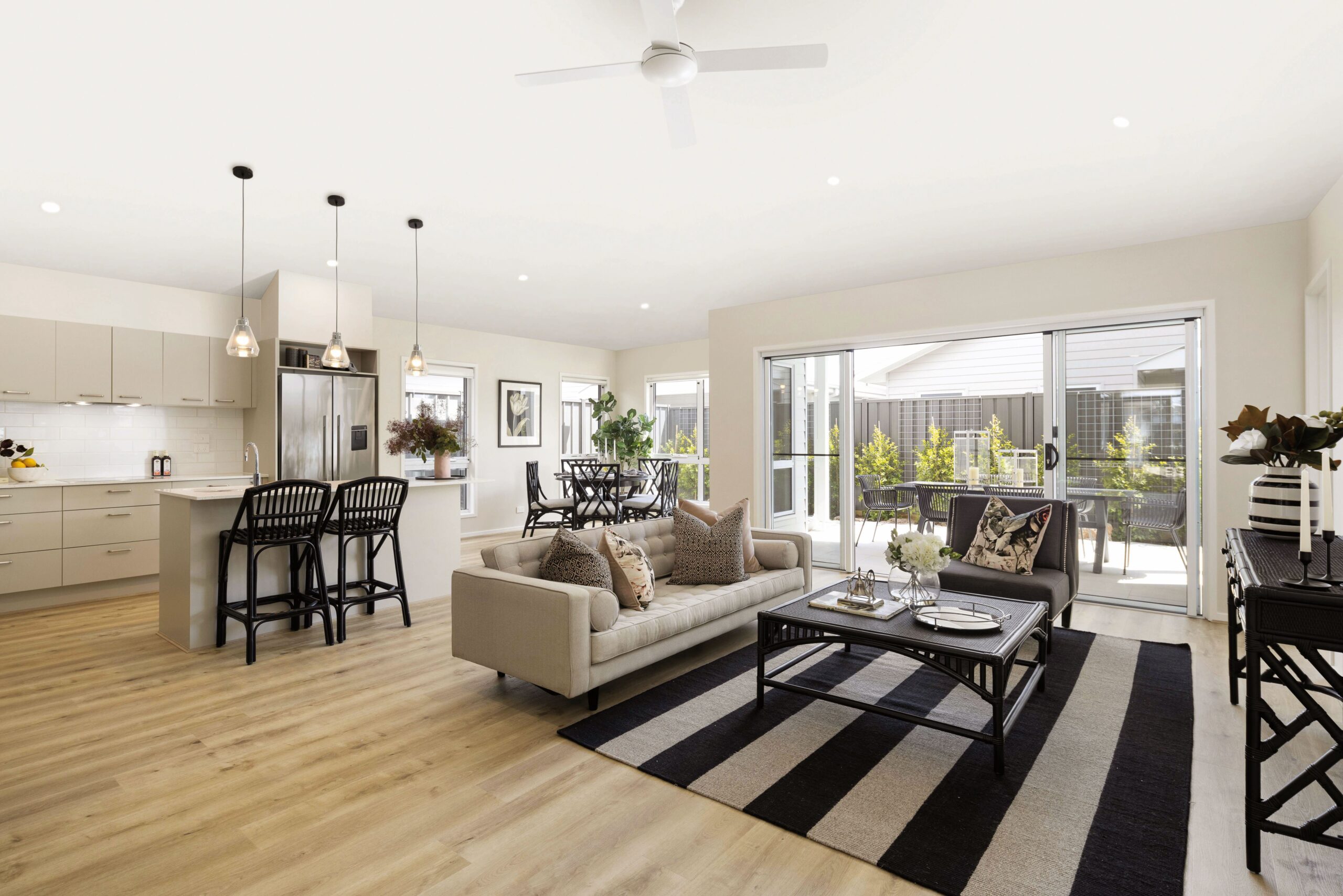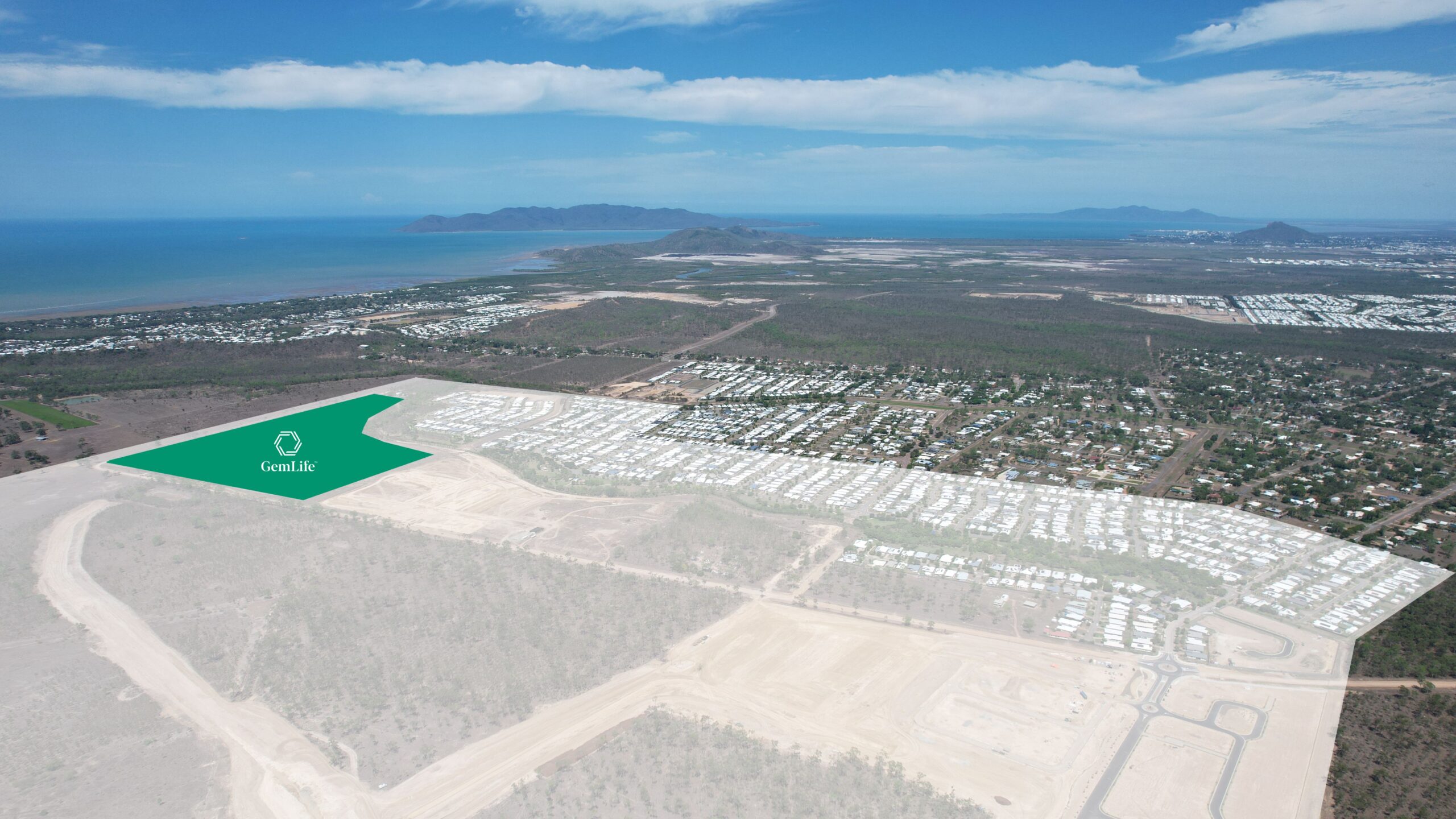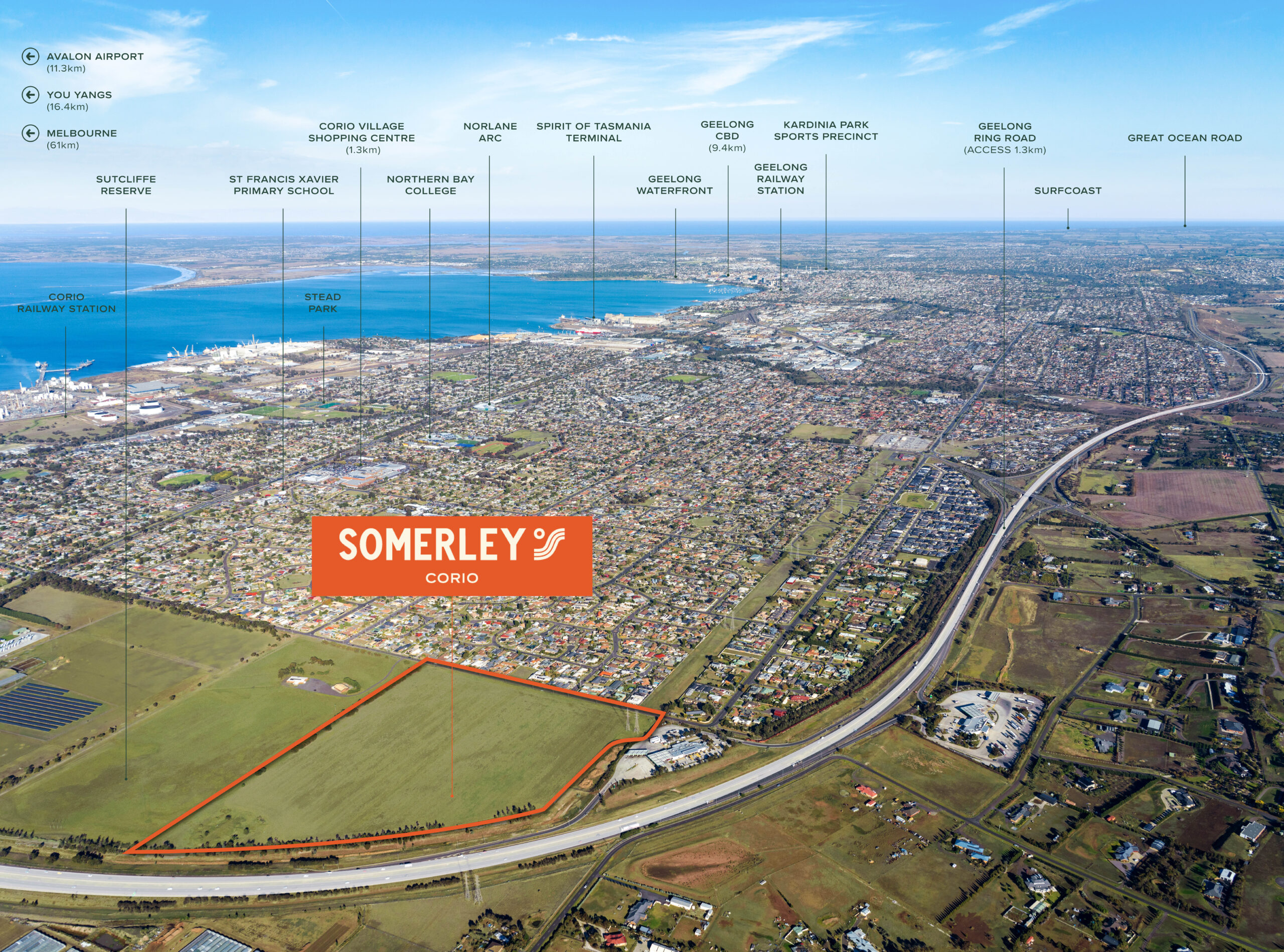Brisbane the Most Expensive Place to Build in Australia as Olympics and Population Boom Drive Spending Spree
9 July 2025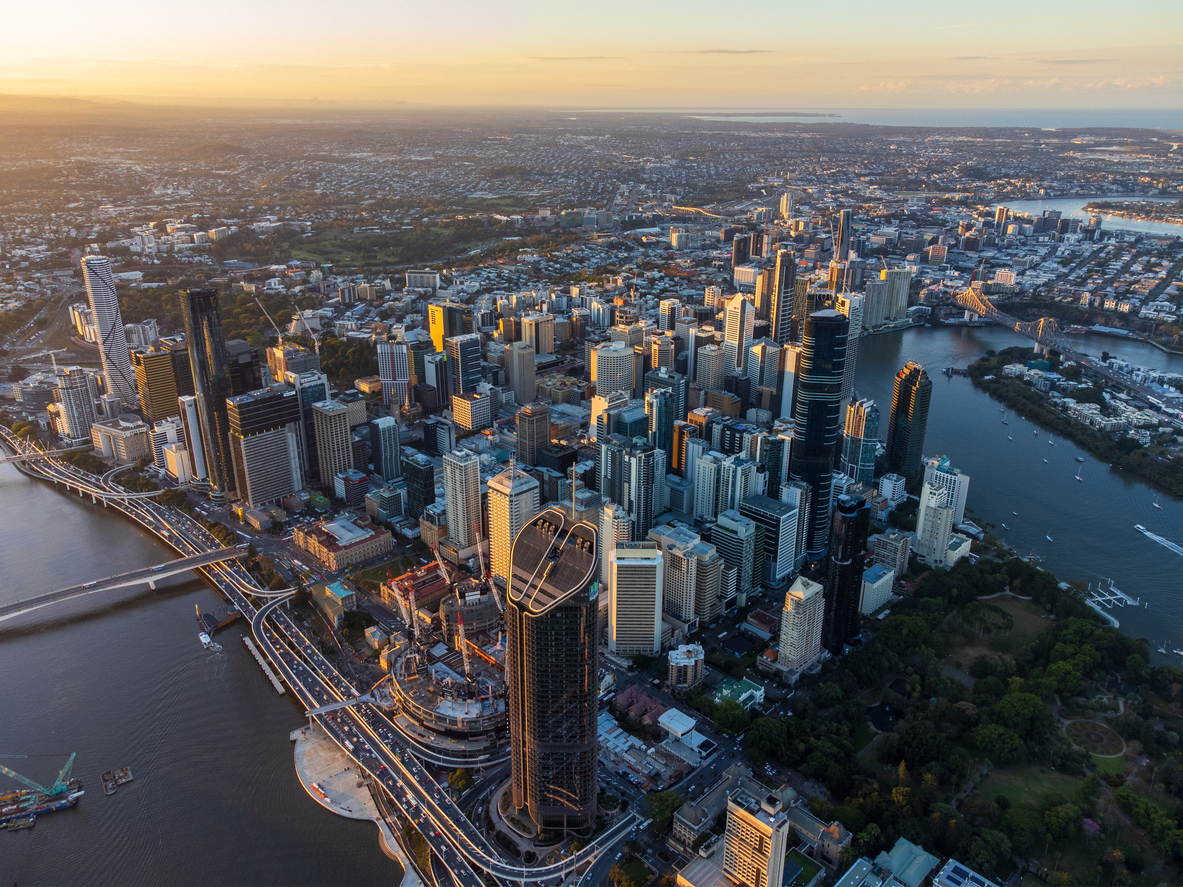
- New report from Turner & Townsend reveals Brisbane leads the region as the most expensive city in which to build in Australia, at AU$5,009 (US$3,135) per m2, above Sydney at AU$4,866 (US$3,046) per m2.
- Pressure on specialist skills is keeping construction cost inflation elevated in Australia, averaging 4.2% in 2025, and 4.6% for 2026.
- Melbourne has dropped to the second cheapest in the region for average construction cost at AU$4,242 (US$2,655) per m2.
- New York City and San Francisco top the table for average construction costs globally, at AU$9,177 (US$5,744) and AU$8,794 (US$5,504) per m2 – as demand proves resilient to geopolitical disruption and economic headwinds.
The cost of construction in Australian cities continues to rise, according to a new report from professional services business Turner & Townsend, as public investment and population shifts drive growth outside of traditional hubs where supply chain capacity is more constrained.
The Global Construction Market Intelligence (GCMI) report 2025 ranks Brisbane as the most expensive city in Australia to build and 36th in the world. At AU$5,009 (US$3,135) per m2, it is seven places higher in the GCMI rankings than the traditional regional hotspot, Sydney (AU$4,866 / US$3,046 per m2). Brisbane and wider Queensland’s real estate landscape have benefited from strong public investment, interstate inward migration, and the positive effects of the upcoming 2032 Olympic and Paralympic Games.
Investment is flowing into sectors needed to support the growing population, including healthcare, housing, energy and utilities. This mirrors a broader trend underway across Australia, where population growth and major government programs are driving strong infrastructure investment across different sectors.
Rising affordability and construction cost pressures in the traditional hubs of Melbourne and Sydney are prompting a shift in investment towards other states. This trend is particularly pronounced in Melbourne, where demand has notably softened. Melbourne now ranks the second lowest in the region’s construction cost rankings at AU$4,242 (US$2,655) per m2. Despite this, both Melbourne and Sydney continue to attract the strongest investment in data centres, which remains a key growth sector across Australia.
The GCMI report highlights strong demand for energy projects, particularly in wind and hydrogen. Renewables have now emerged as the second-best performing sector, behind data centres, with clean energy hubs like Perth reaping the benefits. This surge in activity, is contributing to elevated construction costs, especially in regions facing skilled labour shortages. Perth is now ranked as the third most expensive regional market in Australia, at AU$4,497 (US$2,815) per m2. In contrast, Adelaide is the most affordable, with costs averaging AU$4,133 (US$2,587) per m2, reflecting its lower construction labour costs and a more accessible construction environment.
Nationwide shortages of specialist skills combined with union-negotiated wage increases for construction labour, are continuing to drive construction inflation in Australia, with the GCMI forecasting average cost increases at 4.2% in 2025, and 4.6% for 2026.
Tiffany Emmett, Project Director, Head of Construction Economics, ANZ, at Turner & Townsend, said:
“It is very encouraging to see growth and increasing activity in many Australian construction markets – where we are seeing both public and private investment come together to drive project delivery of social infrastructure, energy, utilities, healthcare, education, housing and more.”
“However, the decline in some of the traditional hubs offers a cautionary tale. We must ensure that high demand – along with rising costs and stretched labour supply – doesn’t become its own worst enemy. Turner & Townsend is advising clients to be mindful of capacity constraints in Queensland and Western Australia, where construction markets are smaller than those in New South Wales and Victoria.”
“The industry should focus on collaboration with state governments to increase pipeline visibility, boost productivity and develop skills to expand industry capacity. We should support the National Construction Industry Forum and its National Construction Strategy to drive resilience and long-term improvement in the sector.”
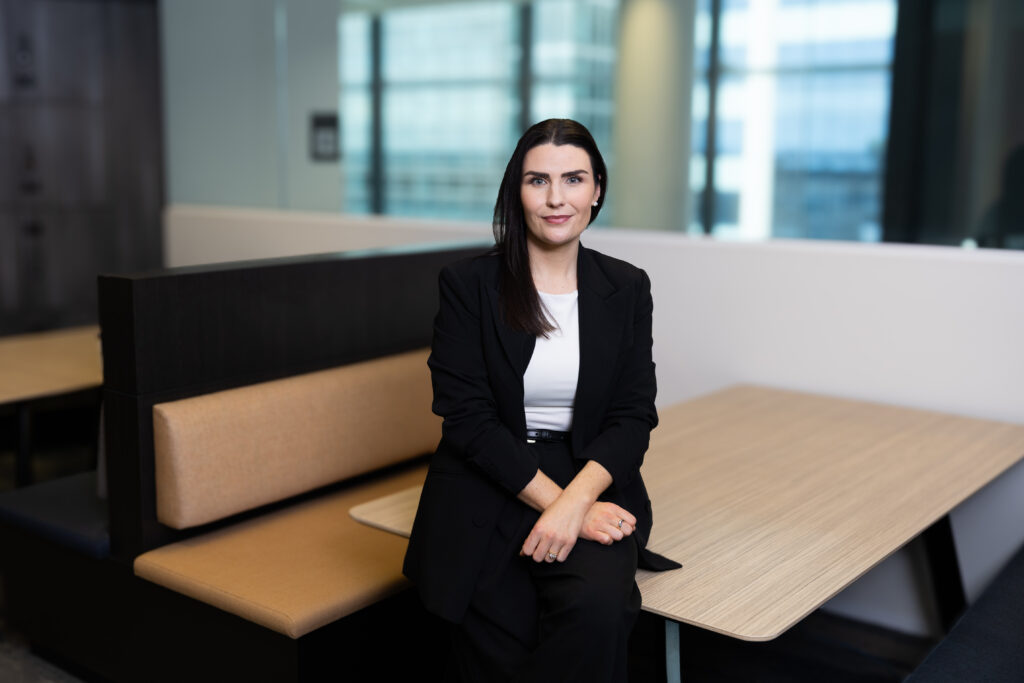
From analysis of 99 markets globally, the GCMI shows the United States maintaining a strong presence among the world’s most expensive places to build. Five US cities rank in the top ten. New York is in first place, with an average cost of AU$9,177 (US$5,744) per m2, followed by San Francisco at AU$8,794 (US$5,504). Los Angeles (AU$7,646 / US$4,786) is sixth, with Chicago seventh (AU$7,501 / US$4,695) and Philadelphia in ninth (AU$7,356 / US$4,604).




